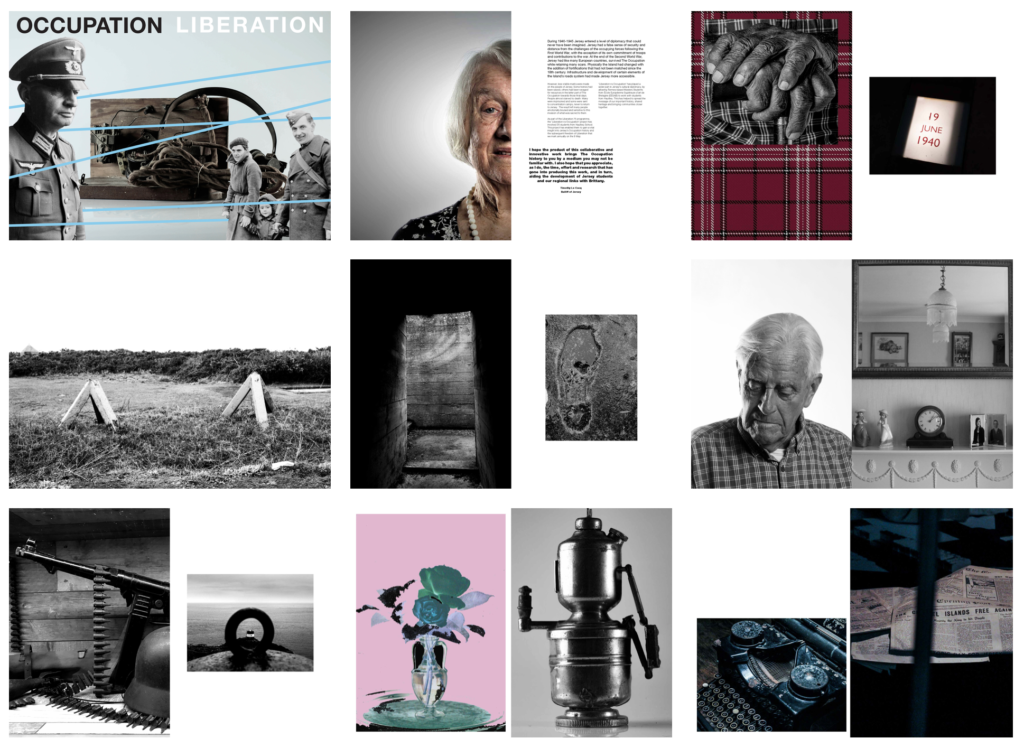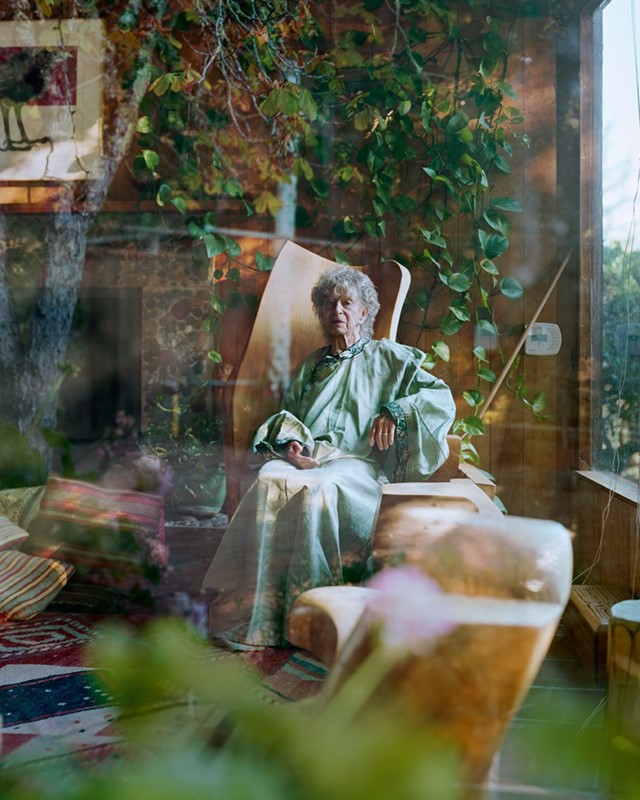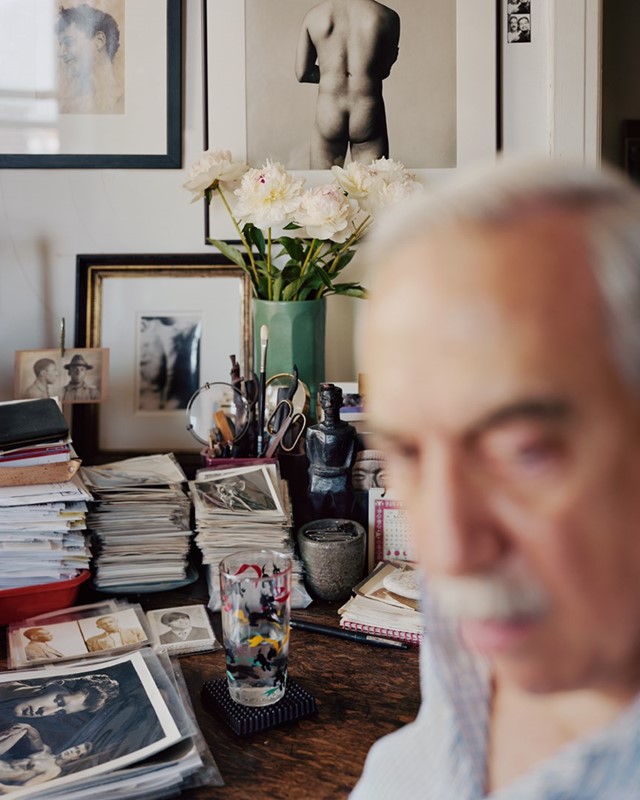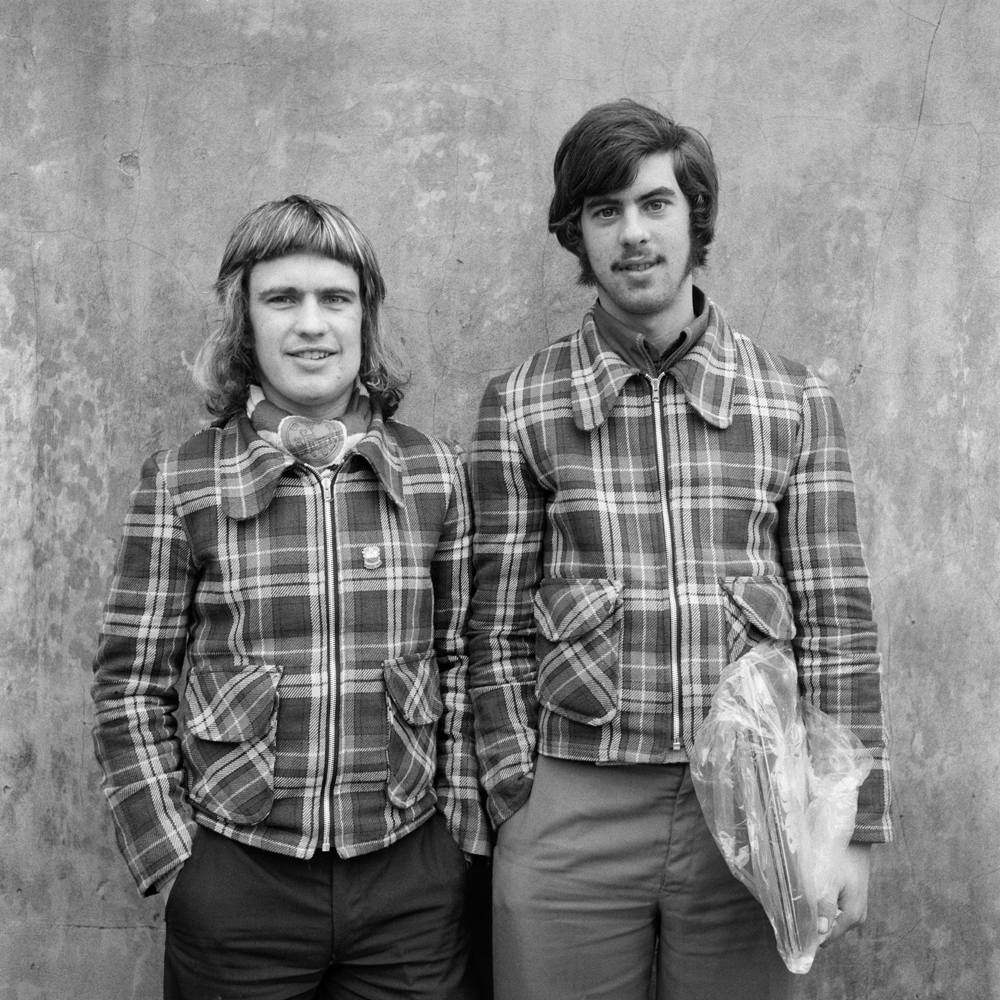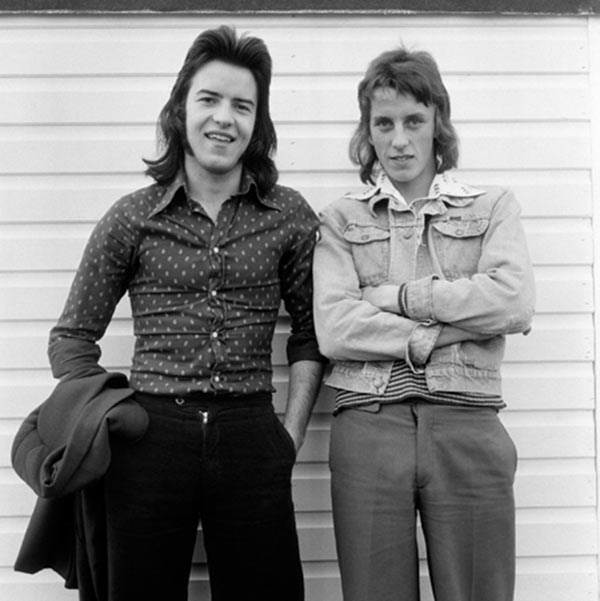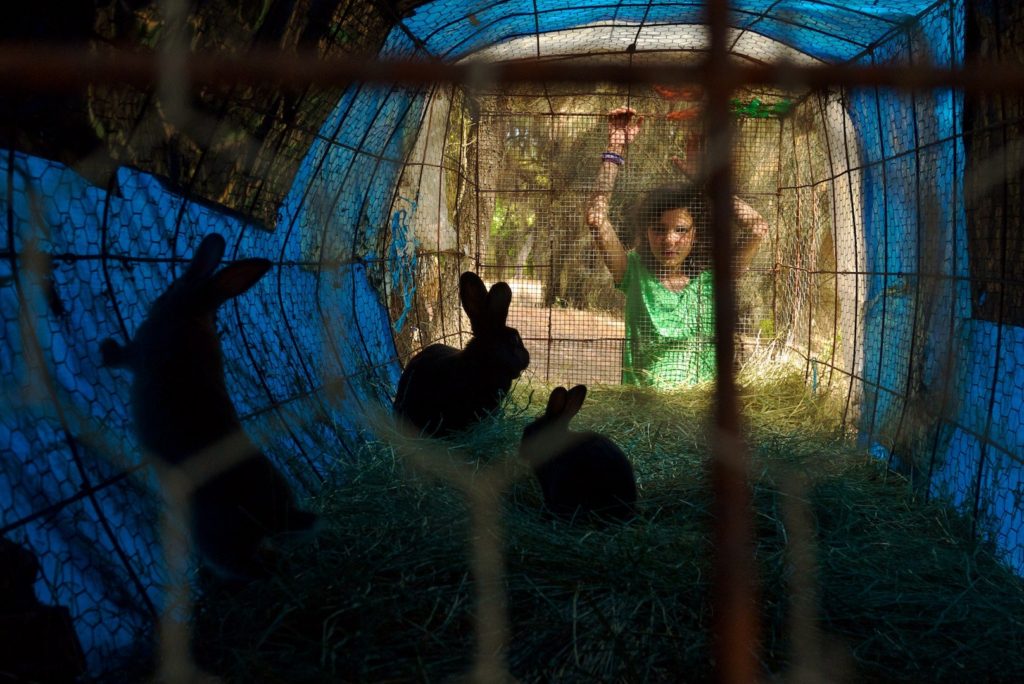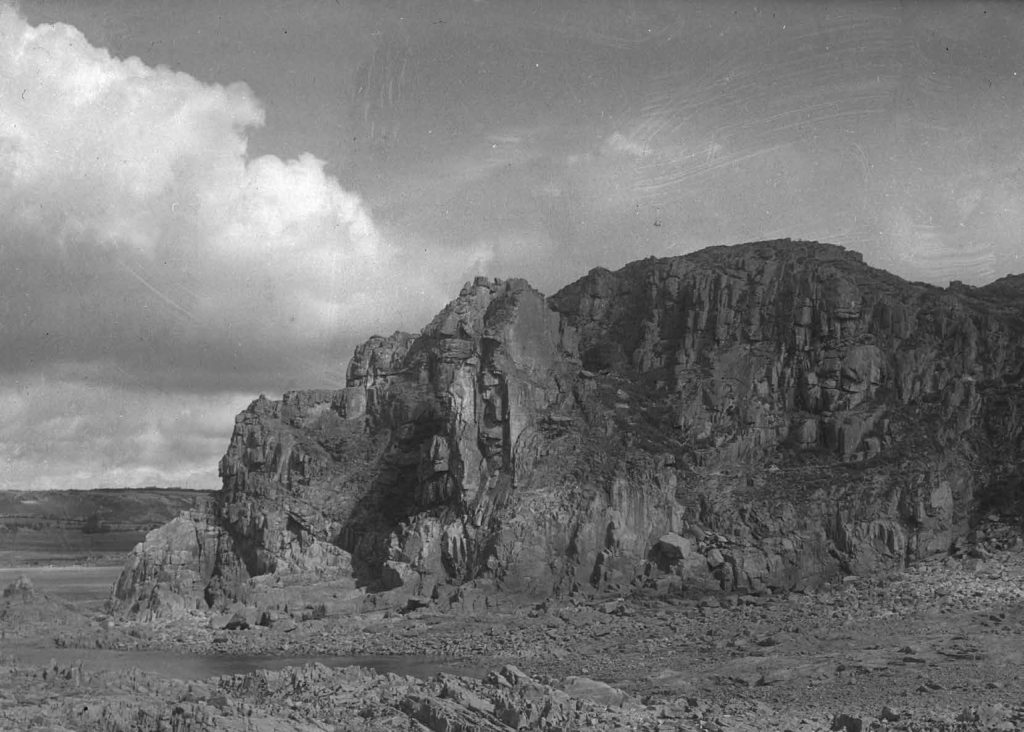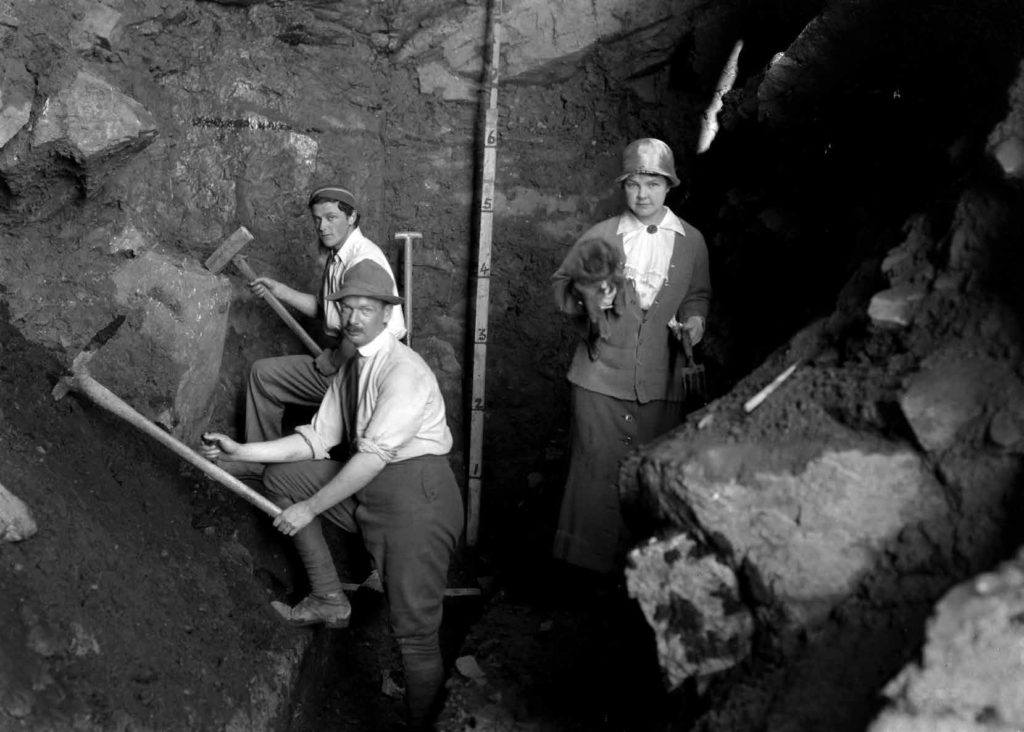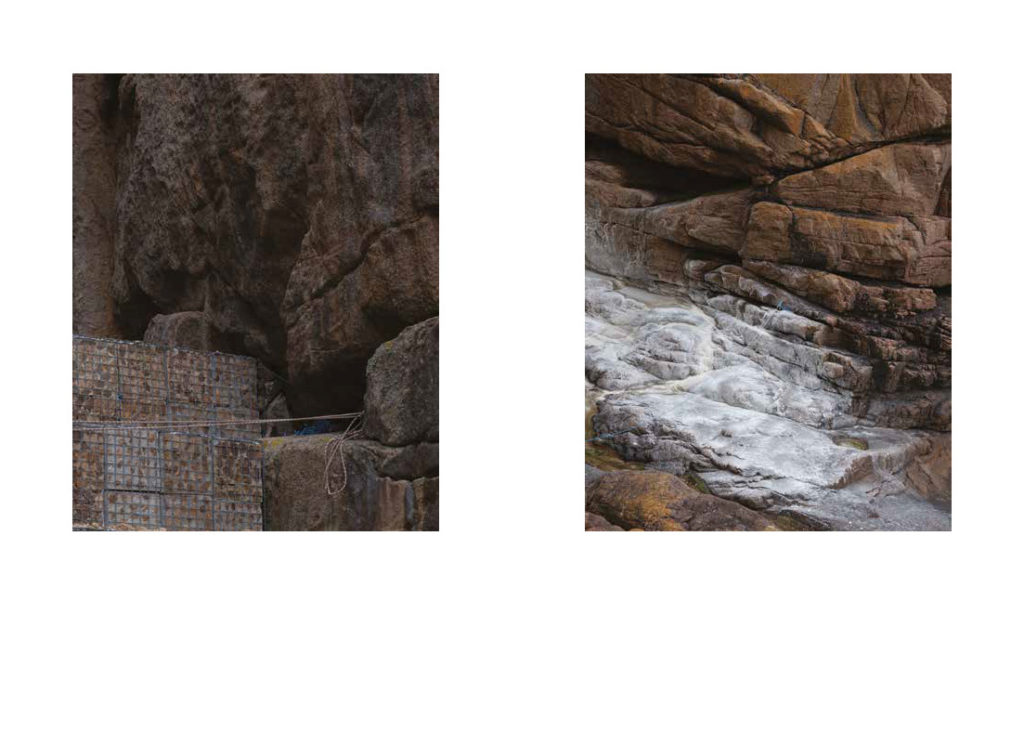Welcome back after Summer break!
This Autumn term we will be continuing to explore the themes of LOVE & REBELLION with a focus on narrative as the second year of your A-Level photography studies is based around visual storytelling. In the first half of the term everyone will explore a set of collective tasks that will act as triggers and creative starting points in the second half where you will be choosing which theme you wish to explore more in-depth as part of your Personal Study unit which will lead you towards your final major outcome making a photobook, or film and writing an essay.
However before that you will learn about different ways you can be a visual storyteller experimenting with making photo-zines in InDesign and a short film using Premier. Other new software that you will be learning is Lightroom which is a workflow programme where you upload, adjust and edit images from your photoshoots.

Archives can be a rich source for finding starting points on your creative journey. This will strengthen your research and lead towards discoveries about the past that will inform the way you interpret the present and anticipate the future. During this term we had planned for us to visit two public archives, first the Société Jersiaise Photographic Archive which contains over 100,000 items dating from the mid-1840s to the present day and is the principal Jersey collection of nineteenth and early twentieth century photography. The second was Jersey Archive that has collected over 300,000 archival records and is the island’s national repository holding archival material from public institutions as well as private businesses and individuals, including important photographic collections such as Jersey Evening Post and many of the iconic images of Surrealist artist and activist, Claude Cahun, who we will be studying in depth as part of the theme REBELLION. However, due to current restrictions on school trips we will instead explore their archives and resources online and postpone visiting the institutions.

SJ Photo-Archive 
JEP Collection

Claude Cahun 
Claude Cahun
OVERVIEW
In the first four weeks we will be exploring the theme of LOVE and your task is to produce a 16 page photo-zine based on A LOVE STORY. What and whose love story you wish to tell in a series of images is entirely up to you. It could be based around a love story in your family. For example, your grandparents, parents, siblings or other relatives, such as distant uncles, aunties, cousins whose stories about love (both finding it and loosing it) that you may have been told around dinner tables or family gatherings. Stories that might be true or false, or based on facts that over time has been fictionalised and become family lore or myth.
Love can also be found among friends or take inspiration from personal experiences of teenage love. A love story could also be about unrequited love, or falling out of love with someone. However, a love story does not have to include romance. People love each other without desiring. It could be felt beyond the physical to include a spiritual connection. Some people talk about having found a soul mate. What does this actually mean? How could you translate this into a visual narrative and begin to make photographic responses?
A love story could also be about someone ‘loving’ one particular thing or aspects of their life, such as a love for an animal, hobby, sport or nature.
In this module we will study how different narrative structures can be used to tell stories in pictures from looking at photography, cinema and literature in photo-essays, film and books. We will consider narrative within a documentary approach where observation is key in representing reality, albeit we will look at both visual styles within traditional photojournalism as well as contemporary photography which employs a more poetic visual language that straddles the borders between objectivity and subjectivity, fact and fiction.
When we begin to make work in response to REBELLION in the second half of this autumn term we will be experimenting with a different way to construct narrative using a staged approach to photography within the tradition of tableaux, as well as creating a series of self-portraits.
CONTEXT: For further understanding and context of the historical, conceptual and aesthetic differences between documentary practice and tableaux photography click on the links below and read the following chapters.
All texts from Bate, David (2016), Art Photography. London: Tate Publishing
New approaches to documentary in contemporary photography
David_Bate_The_Art_of_the_Document
On rise of Tableaux in contemporary photographic practice David_Bate_The_Pictorial_Turn
Also read and look through both these PPTs to get a basic understanding of Documentary vs Tableuax

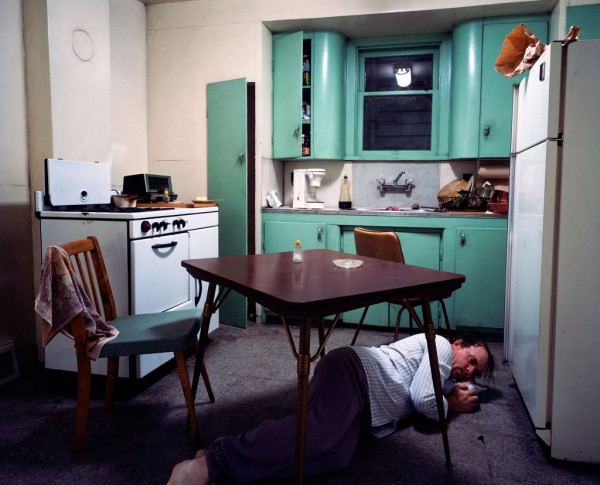
For each introduction to the themes of LOVE & REBELLION there will be two photo-assignments for you to complete independently in your own time outside of lessons. This is partly to train your eye, improve camera skills and to encourage you to make images and photographic responses on a weekly basis. This is vital in your development as a photography student and essential for your final year of A-Level Photography which will require you to work on projects over a much longer period. The programme of study is designed with specific tasks to be completed in lessons as well outside of the classroom. The expectations of a A-level student at Hautlieu School is 5 hours of independent study at home per subject each week.
We will encourage you to achieve the highest possible marks, but this will entail a sense of discipline and effort on your part. We want you to produce original work of high quality and maturity that can be awarded top grades. Historically, photography students at Hautlieu School have acquired a reputation for making work beyond the confines of Edexcel syllabus and their work have been recognised both locally and internationally through exhibitions, competitions and publications. For example, in the last couple of years we have produced two separate newspaper supplements, FUTURE OF ST HELIER and LIBERATION & OCCUPATION both published and distributed in the Jersey Evening Post. If funding can be found it is our hope that we would be able to produce yet another newspaper and successfully complete a trilogy.

PLANNER
Download LOVE & REBELLION PLANNER and use it weekly to help you with monitoring and tracking your own progress
PHOTO-ASSIGNMENTS
INDEPENDENT STUDY: HOMEWORK
PHOTO-ASSIGNMENT 1: A portrait of someone you love
Environmental Portrait
Candid portrait
DEADLINE: Mon 14 Sept
ENVIRONMENTAL PORTRAIT: A formal portrait with emphasis on environment and setting of the model that may suggest the person’s social, economic, cultural background.

Larry Sultan: Pictures from Home

Recent interview in New York Times with Alec Soth about his new book I Know How Furiously Your Heart is Beating and a review by Sean O’Hagan in The Guardian.

Daniel Meadows: Middle England, 1973-79
Read Fieldwork a study on Daniel Meadows by curator and academic Val Williams
CANDID PORTRAIT: An informal portrait that presents a ‘natural’ look and capturing a moment, seemingly without artifice.
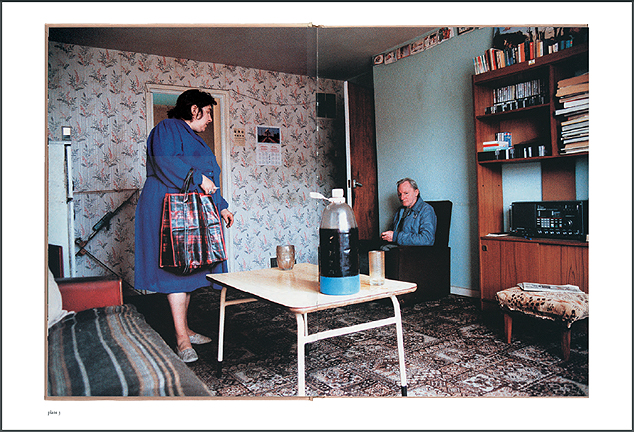
Richard Billingham: Ray’s A Laugh
Read article in The Guardian by Tim Adams
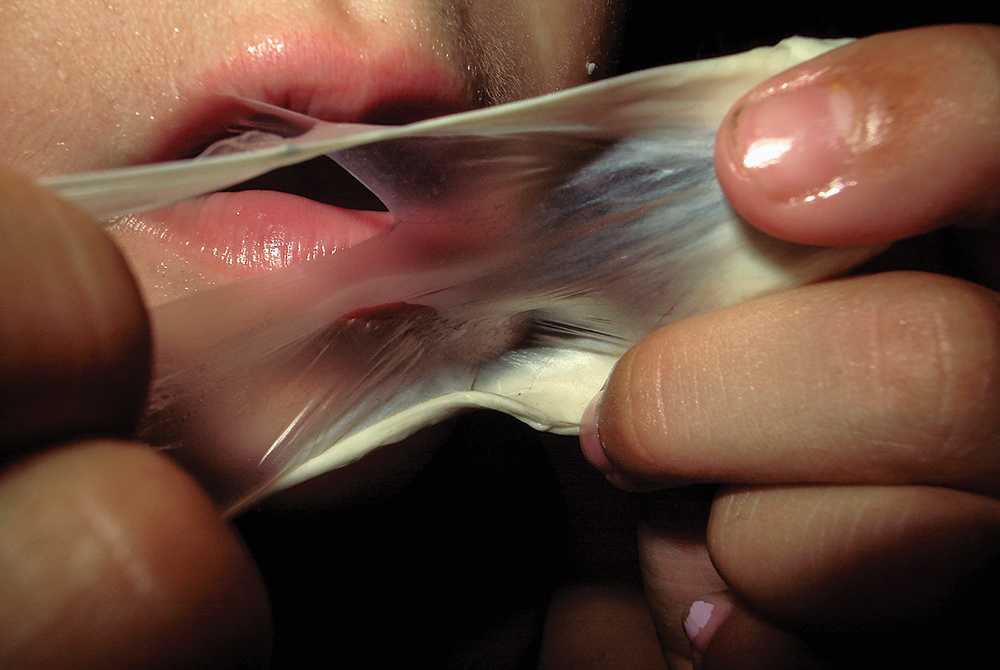

Sam Harris, The Middle of Somewhere
INDEPENDENT STUDY: HOMEWORK
PHOTO-ASSIGNMENT 2: Photograph a couple
This could be a documentary approach where you follow and observe two people who are together, or turn the camera on yourself if you are in a relationship and stage scenarios. Images here could extend beyond portraiture to include locations where you live, meet and socialise – both inside and outside Specific objects and detail may also be relevant. Your final edit will be 12-16 images that sequenced together form a narrative based on a love story that will be the visual content of your 16-page photo-zine.
DEADLINE: Fri 25 Sept
In the photo-assignments you will be assessed on effort, camera skills, creativity and overall aesthetic quality of your photographs. You are required to make a self-assessment of each of your shoots using mark sheet at the end of the post.
GUIDELINES
Consider the following before and during shooting
- LOCATION: at home in the living room, kitchen or bedroom, consider natural light (window light) and backdrop. Location can also be outside of the house during daylight
- MODEL: family members, parents, brother, sister, grandparents, aunts, uncles, friends.
- POSING: ask model to try out different poses and control how you set up the people you are photographing choosing appropriate location and backdrop.
- FRAMING: full-body, half-body and head-shots, experiment with different angles and use appropriate focal lenght (ie. wide-angle lens 18-35mm, standard lens 50mm, telephoto lens 70-300mm).
- LIGHTING: consider source and direction of lighting
- INSIDE: use natural light through window as side light
- OUTSIDE: Avoid direct sunlight or dull grey overcast light in the middle of the day. Choose softer light, early morning/ late afternoon, sunlight diffused by clouds etc.
EVIDENCE
From each assignment complete the following and publish on the blog on a weekly basis: Use Planner above to help with monitoring and tracking progress
- PLANNING: Who, What. When, Where? How do you want your images to look and feel like? Include visual references to artists/photographers in terms of style, approach, intentions, aesthetics concept and outcome. Use inspirations listed here or find your own.
- RECORDING: Consider guidelines provided for each assignment such as source and direction of lighting, composition and framing, backdrop and location. Use tripod where appropriate and take your time shooting and connecting with your subject.
- EDITING: Upload and process images from each photo-shoot. Make a rough edit of 8–10 images and evaluate.
- EXPERIMENTING: Show experimentation with different adjustments/ techniques/ processes in Lightroom/ Photoshop appropriate to intentions.
- ANALYSIS: Select at least 1 key images and analyse in depth using this methodology: TECHNICAL > VISUAL > CONTEXTUAL > CONCEPTUAL. Compare with examples of artists references where appropriate.

- EVALUATION: Evaluate each assignment and make a self assessment based on the criteria, EFFORT, SKILL, CREATIVITY and AESTHETIC using this mark sheet and post on the blog.

TASKS
This unit requires you to produce an appropriate number of blog posts which charts you project from start to finish including research, planning, analysis, recording, experimentation, evaluation, and presentation of creative outcomes.
Week 1-2: 3 – 13 Sept
INSPIRATIONS
Complete the following blog posts
INDEPENDENT STUDY: HOMEWORK
PHOTO-ASSIGNMENT 1: A portrait of someone you love
Environmental Portrait
Candid portrait
DEADLINE: Mon 14 Sept
Follow GUIDELINES, EVIDENCE & EVALUATION above
MINDMAP > MOODBOARD: Produce a mindmap and moodboard based around the theme of LOVE.
RESEARCH > ANALYSIS: For inspiration select at least two artists references, one historical portrait photographer from SJ Photo-Archive and one contemporary photographer from the Archisle programme,or GPF 2020. Explore discuss, describe and explain key examples from their work on portraiture done in Jersey. Compare and contrast their approaches , outcomes and follow these steps:
1. Produce a mood board with a selection of images and write an overview of their work, style and approach to portraiture.
2. Select at least one image from each photographer and analyse in depth using methodology of TECHNICAL>VISUAL>CONTEXTUAL>CONCEPTUAL
3. Incorporate quotes and comments from artist themselves or others (art critics, art historians, curators, writers, journalists etc) using a variety of sources such as Youtube, online articles, reviews, text, books etc.
4. Make sure you reference sources and embed links to the above sources in your blog post.
5. Plan a photographic response that links with Photo-Assignment 1: A portrait of someone you love
SJ Photo-Archive – historical context
Henry Mullins
William Collie
Ernest Baudoux
Clarence P Ouless
Francis Foot
Charles Hugo
Edwin Dale

William Collie 
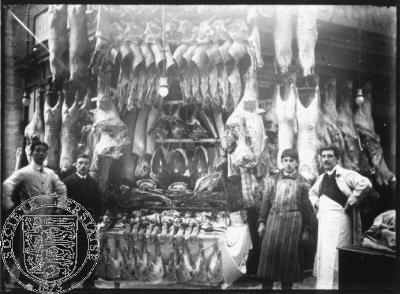
Percival Dunham 
Percival Dunham
Archisle – contemporary approach
Michelle Sank: Insula
Martin Parr: Liberation
Yury Toroptsov: Fairyland
Martin Toft: Atlantus, Masterplan and Becque a Barbe

Michelle Sank: Insula 
Yury Toroptsov: Fairyland 
Martin Parr: Liberation Day. 2013. 
Martin Toft: Atlantus 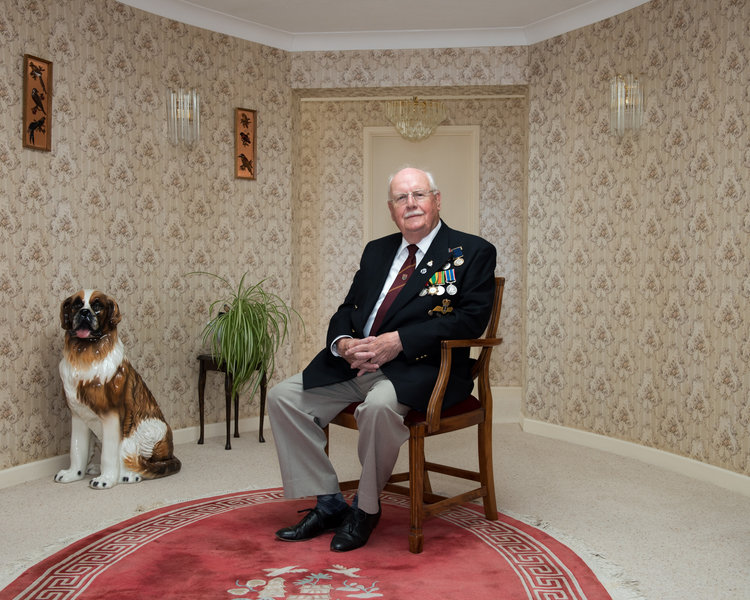
Martin Toft: Masterplan

GUERNSEY PHOTOGRAPHY FESTIVAL (GPF): The theme for 2021 will be Acts of Love and Rebellion. Below is a list of photographers who will be exhibiting at the next festival with work relating to the two themes of LOVE and REBELLION.
Alec Soth (Looking for Love), (Niagara), (I Know How Furiously Your Heart Is Beating), Gideon Mendel (Freedom or Death), Elisa Larvego (Chicanes), Fergus Greer (Leigh Bowery), David Fathi (The dead govern the living) Anna Lim (Rehearsal of anxiety), Karl Ohiri (How to mend a broken heart), Ulrich Leboeuf (Khaos Agence Myop), Zoe Aubry (Impact en quête de révolution), Samuel Fordham (C-R92/BY Skype Families), Hannah Modigh (Hurricane Season), Chloe Jafé (I give my life to you), Tara Fallaux (The Perfect Pearl), Sylvain Granjon (Rebels).

Alec Soth 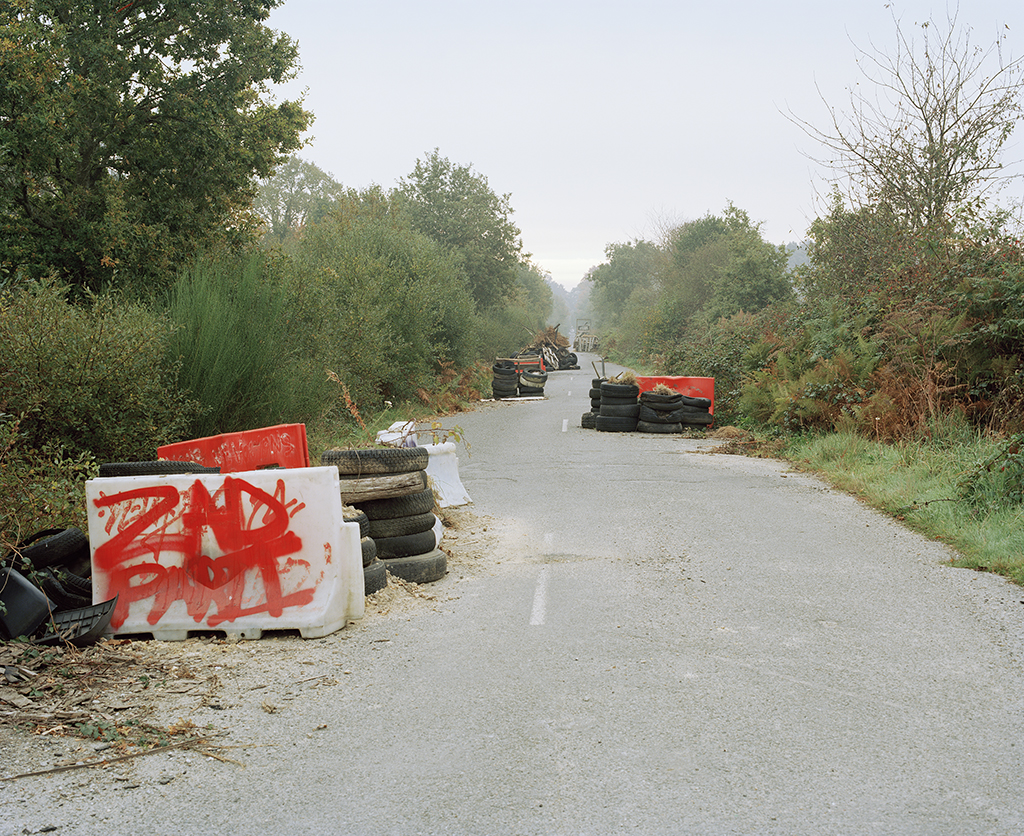
Elisa Larvego 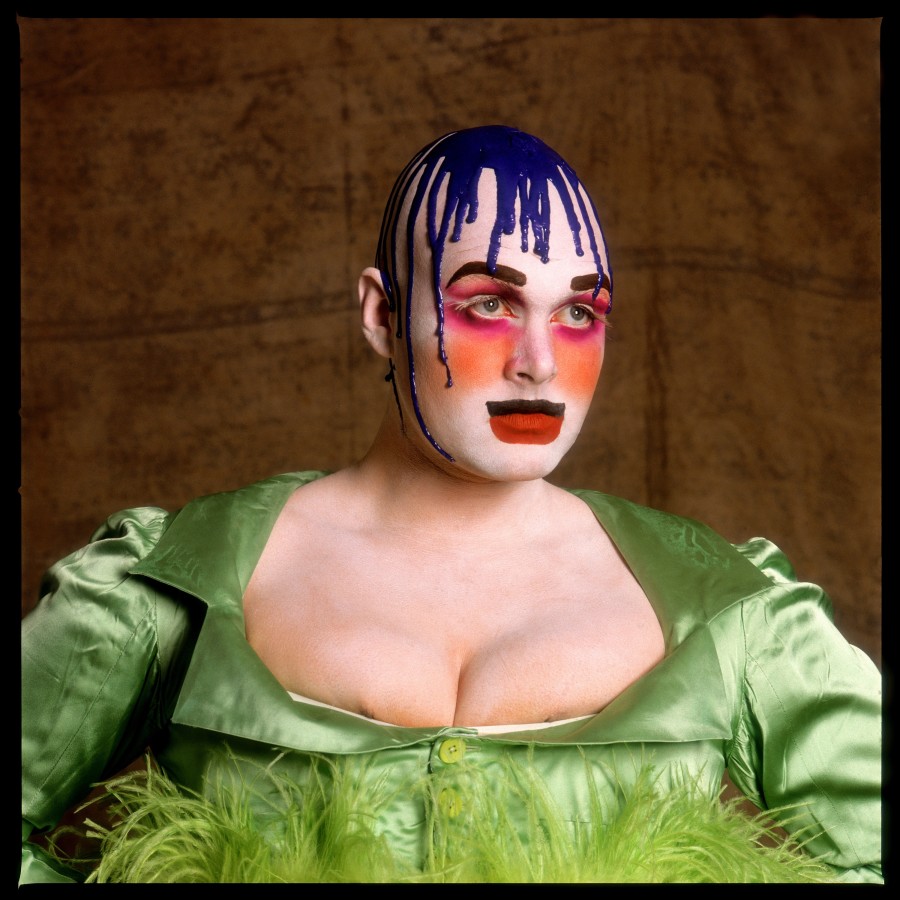
Fergus Greer 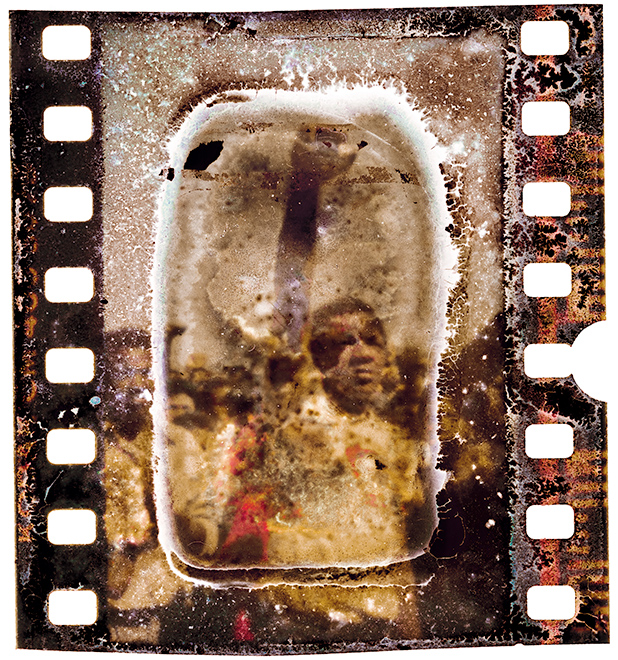
Gideon Mendel 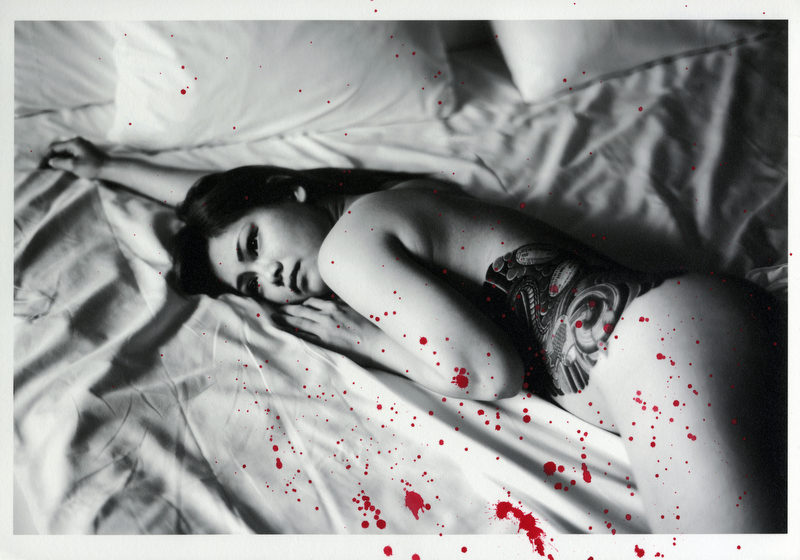
Chloe Jafé 
Ulrich Leboeuf
Site-specific installation
Week 3: 14 – 20 Sept
NARRATIVE
Complete the following blog posts
INDEPENDENT STUDY: HOMEWORK
PHOTO-ASSIGNMENT 2: Photograph a couple
This could be a documentary approach where you follow and observe two people who are together, or turn the camera on yourself if you are in a relationship and stage scenarios. Images here could extend beyond portraiture to include locations where you live, meet and socialise – both inside and outside Specific objects and detail may also be relevant. Your final edit will be 12-16 images that sequenced together form a narrative based on a love story that will be the visual content of your 16-page photo-zine.
DEADLINE: Fri 25 Sept
Follow GUIDELINES, EVIDENCE & EVALUATION above
PLANNING: Write a specification that provide an interpretation and plan of how you intend to explore A Love Story. This must include at least 3 photoshoots you will be doing in the next 2-3 weeks (these could include photo-assignments). How do you want your images to look and feel like? Include visual references to artists/photographers in terms of style, approach, intentions, aesthetics concept and outcome. Remember the final outcome is a 16 page photo-zine so you will need to edit a final series of 12-16 images that sequenced together as a set forms a narrative that visualises your love story.
Narrative is essentially the way a story is told. For example you can tell different narratives of the same story. It is a very subjective process and there is no right or wrong. Whether or not your photographic story is any good is another matter.
Narrative is constructed when you begin to create relationships between images (and/or text) and present more than two images together. Your selection of images (editing) and the order of how these images appear on the pages (sequencing) contributes significantly to the construction of the narrative. So too, does the structure and design of the photo-zine. However, it is essential that you identity what your story is first before considering how you wish to tell it.
In order for you to understand better how narrative works in photography let’s consider the differences between narrative and story when making a photobook, or in your case a photo-zine. Click below and go to blog post: NARRATIVE AND PHOTOGRAPHY where we will also study how different narrative structures can be used to tell stories from looking at the origin of photo essays in photojournalism to contemporary photography as well as cinema and literature. Once you have considered the points made between the differences in narrative and story, write the following:
STORY: What is your love story?
Describe in:
- 3 words
- A sentence
- A paragraph
NARRATIVE: How will you tell your story?
- Images > new photographic responses, photo-shoots
- Archives > old photos from family albums, iPhone
- Texts > letters, documents, poems, text messages
AUDIENCE: Who is it for?
Most image makers tend to overlook the experience of the viewer. Considering who your audience is and how they may engage with your photo-zine is important factor when you are designing/ making it.
- Reflect and comment on this in your specification (age group, demographic, social/ cultural background etc.
RECORDING: Practice making portraits of two people and experiment with different lighting setups in the photographic studio.
- Lighting: Different lighting set-ups
- Recording: Headshots, half-body, full-body,
- Moods: Explore different moods, expressions, angles, framing.
EDITING > SEQUENCING: Upload and process images from both studio photo-shoots and your own shoots in relation to PHOTO-ASSIGNMENT: A Love Story using Lightroom. Make a rough edit of 8–10 images, both colour and b&w and annotate from each shoot and publish on the blog as work progresses.
We will go through Lightroom in class and make sure you follow instructions below.
- Produce a blog post where you evaluate your first sequence of images, reflect on what story you are trying to communicate and how you can improve and develop your narrative.
- Edit 20-30 images down to an ordered series of 10-15 images.
- Think about start, middle and end images.
- Think about your theme or story.
- Think about visual relationship between images and their juxtaposition e.g colour, shapes, subject, repetition, landscape, portrait, object etc.
- What happens or changes over the series of images?
- Are you using your best images?
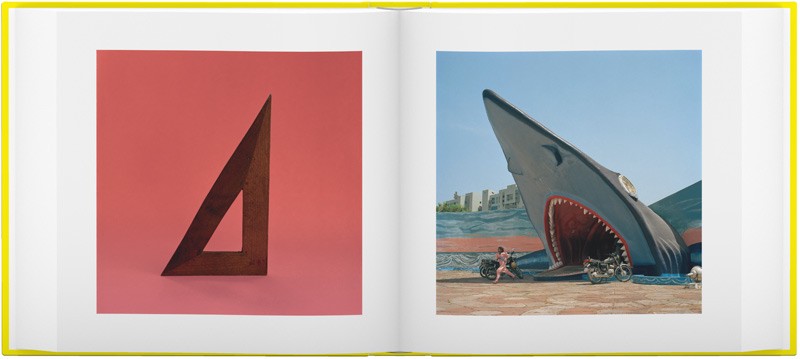
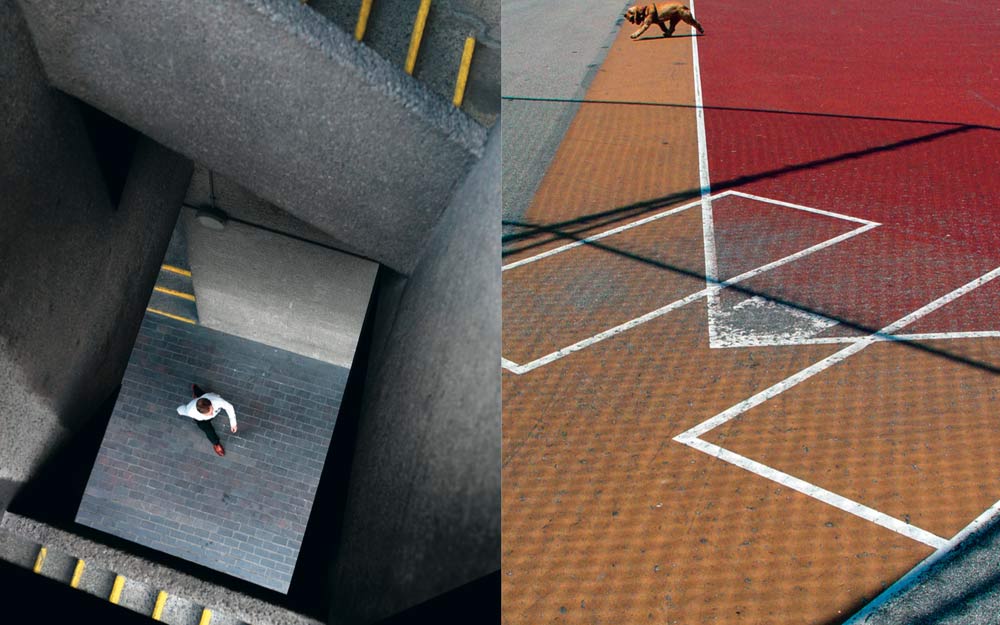
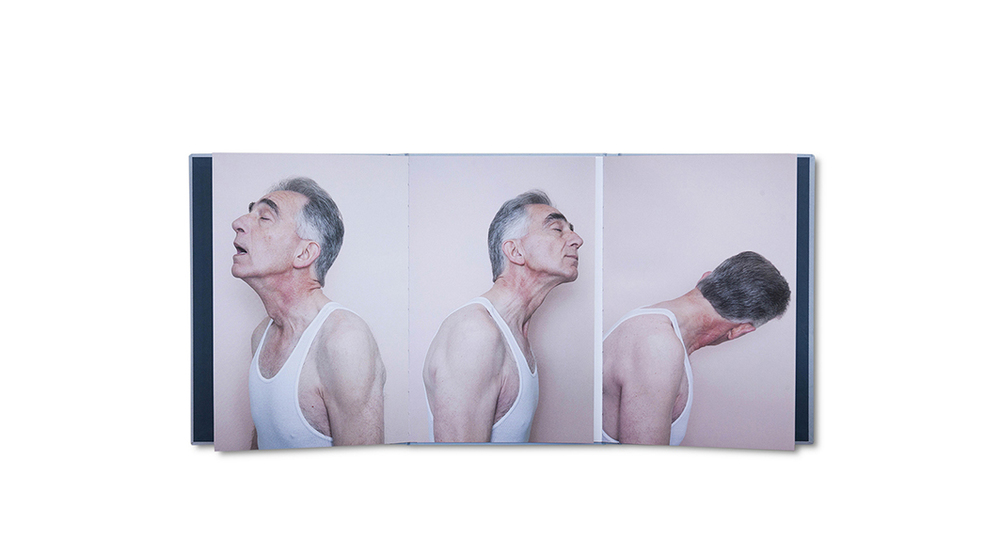
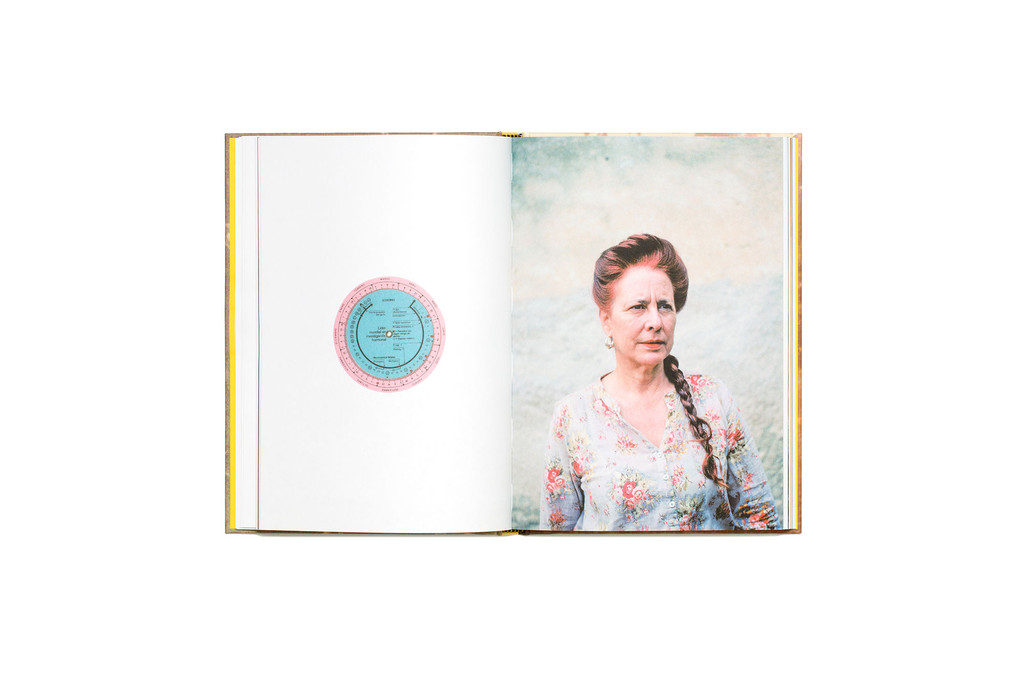
Week 4-5: 21 Sept – 6 Oct
DESIGN
Complete the following blog posts
RESEARCH > ANALYSIS: Research zines and newspaper design made by artists and photographer that will provide visual stimulus for your page design. Produce a mood board and consider the following in your analysis:
- How you want your design to look and feel
- Format, size and orientation
- Narrative and visual concept
- Design and layout
- Rhythm and sequencing
- Images and text
- Title and captions

Something to read:
Café Royal Books is a small independent publisher of photography photobooks or zines, and sometimes drawing, solely run by Craig Atkinson and based in Southport, England. Café Royal Books produces small-run publications predominantly documenting social, historical and architectural change, often in Britain, using both new work and photographs from archives. It has been operating since 2005 and by mid 2014 had published about 200 books and zines and they are held in major public collections
https://www.caferoyalbooks.com/

Editions Bessard is a paris-based independent publishing house created by pierre bessard in 2011. Focusing on working with artists, writers and curators to realise intellectually challenging projects in book form.
https://www.editionsbessard.com/product-category/zine-collection/

The new imprint Éditions Emile is named in honour of Emile F. Guiton, the founding father of the The Société Jersiaise Photographic Archive. The first set of publications is a series of small photo-zines comprising of 48 pages with an average of 30-40 images and a short text providing further context. With plans to publish three editions annually, each issue of ED.EM. will take a fresh look at a specific collection within the archive, by pairing it with either another collection or contemporary work, in order to re-contextualise the images, keeping the collections active and relevant for new audiences both in the island and beyond.
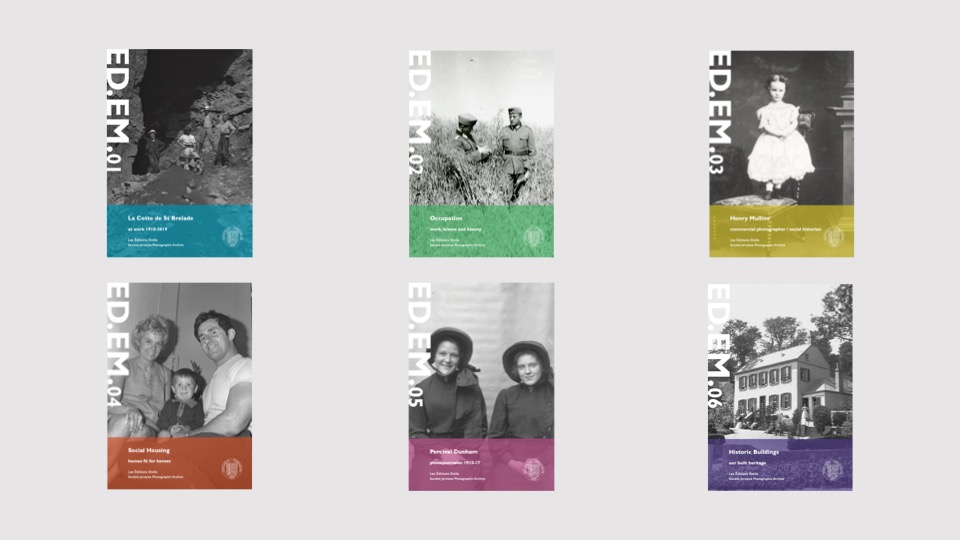
EXPERIMENTING > DESIGNING: Create 2-3 examples of alternative layouts for your photo-zine using Adobe InDesign and complete a visual blog post that clearly shows your decision making and design process using screen-prints. Make sure you annotate!
See examples of previous students blog charting his zine design process, here.
https://hautlieucreative.co.uk/photo20al/wp-admin/post.php?post=31481&action=edit
PRESENTATION > EVALUATION: Print, fold and bind final photo-zine and hand in for assessment. Write an evaluation on the blog that reflects on your design process, intentions and includes screen-prints of each page-spread of final design.
